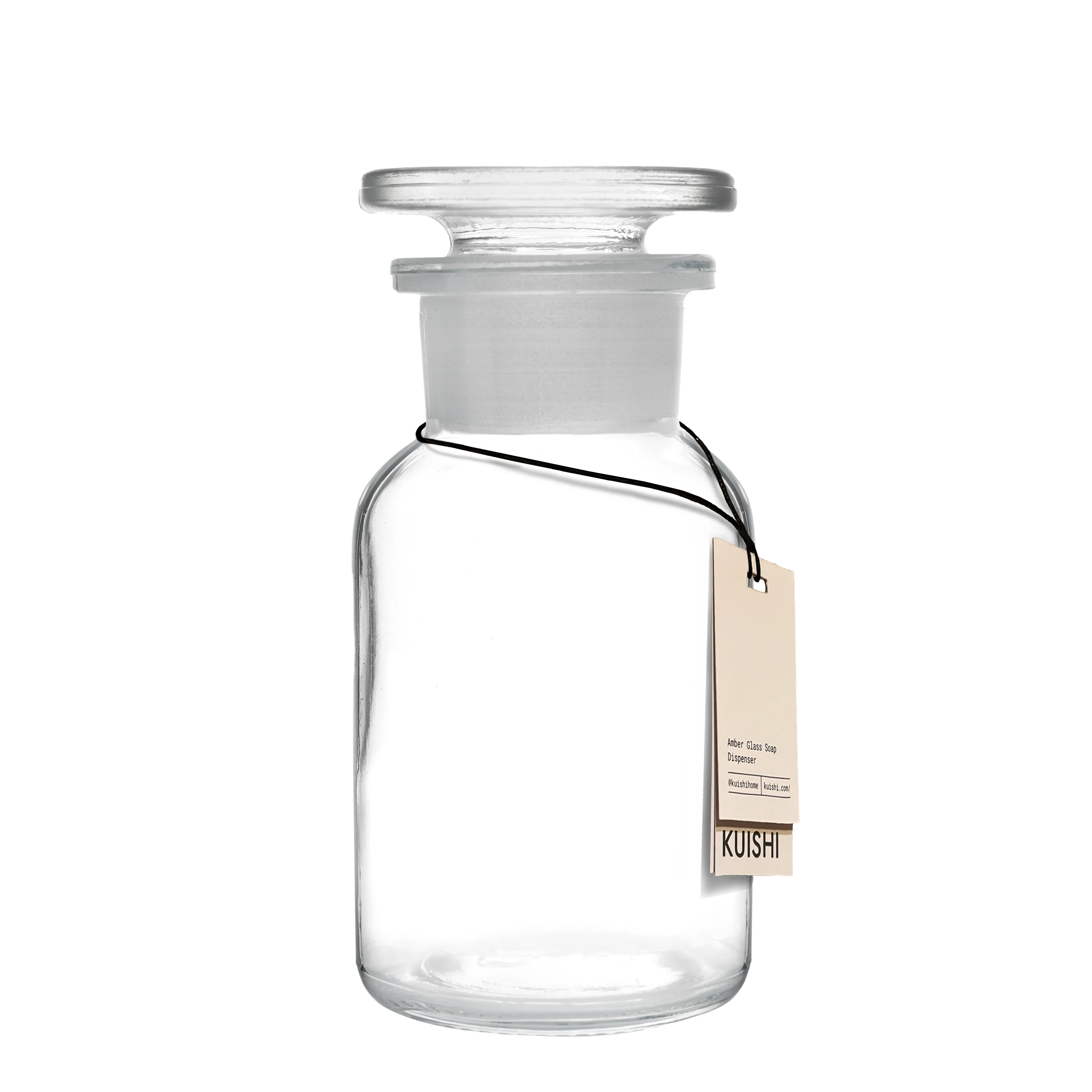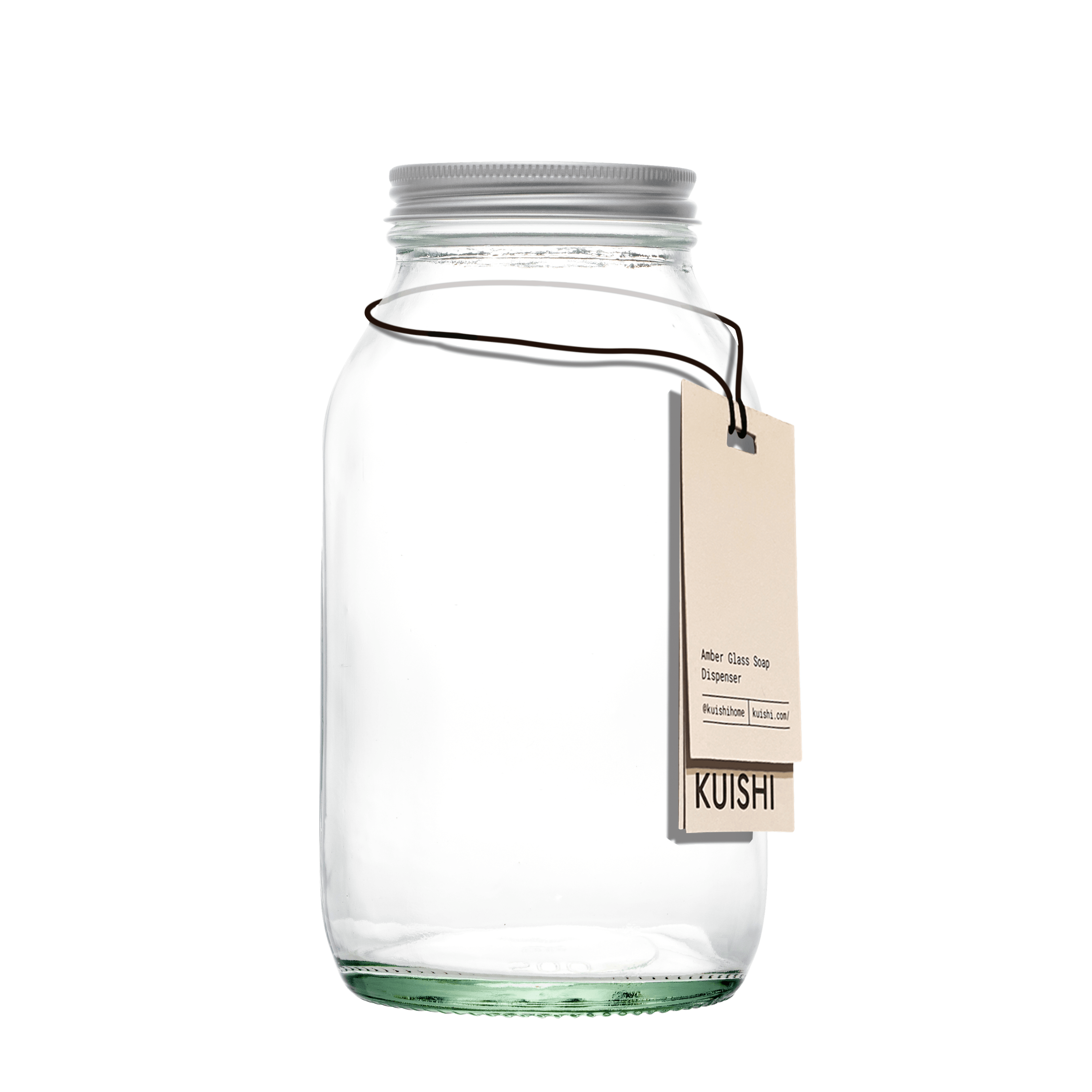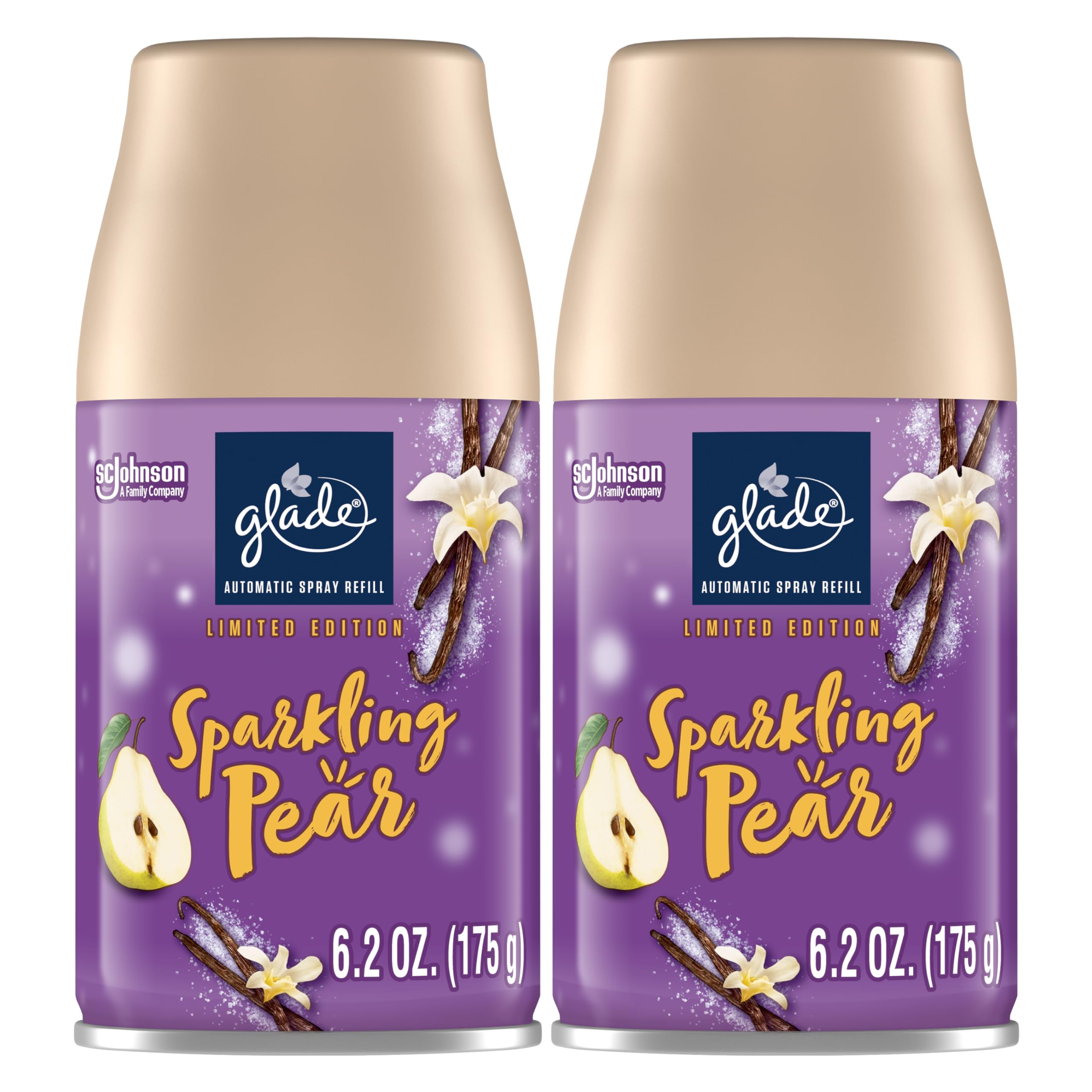Hey there, curious minds! Let me start by asking you this: have you ever seen a jar of air for sale? Sounds bizarre, right? But believe it or not, air for sale in jars has become an actual thing, and it’s sparking conversations all over the globe. People are shelling out real cash for what most of us consider free—breathable air. So, why are people buying air in jars? Is it a genius marketing ploy, a statement on environmental degradation, or just plain old quirky consumerism? Let's dive in and find out!
Now, before we get too deep into this, let’s address the elephant in the room—or should I say, the air in the jar. The concept of selling air isn’t entirely new, but its popularity has skyrocketed in recent years. From niche markets to mainstream headlines, air for sale in jars is making waves. It’s not just about the product itself; it’s about the message behind it and the cultural phenomenon it represents.
As we explore this unusual trend, we’ll break down everything from the origins of air jars to the psychology behind why people are willing to pay for something that’s technically free. Plus, we’ll examine the environmental and economic implications of this quirky market. So grab a seat, take a deep breath (preferably from the great outdoors), and let’s unravel the mystery of air for sale in jars.
- Westjet Face A Closer Look At The Human Side Of Canadas Beloved Airline
- What Does Leslie Sansone Look Like Today Discover The Queen Of Walking Workouts
Table of Contents
- What is Air for Sale in Jars?
- The History of Air Jars
- Why Would Anyone Buy Air?
- Understanding the Market Demand
- Environmental Impact of Air Jars
- Economic Aspects of Selling Air
- Psychology Behind Buying Air
- Popular Brands Selling Air in Jars
- Regulations and Legalities
- The Future of Air for Sale in Jars
What is Air for Sale in Jars?
Let’s start with the basics. When we talk about air for sale in jars, we’re referring to the practice of packaging atmospheric air in sealed containers and selling it as a product. Sounds simple, right? But the concept goes beyond just filling a jar with air. These jars often claim to contain "pure" or "fresh" air from specific locations, like the Swiss Alps or the Canadian Rockies. Some even tout health benefits, claiming the air is free from pollutants and toxins.
Now, here’s where it gets interesting. The price tags on these jars can range from a few bucks to over $100, depending on the brand, location, and marketing strategy. But why would anyone pay for something that’s technically free? That’s the million-dollar question we’ll tackle later. For now, just know that air for sale in jars isn’t just a product—it’s a statement.
How Are Air Jars Made?
The process of creating air jars is surprisingly straightforward. Companies typically use glass or plastic containers, seal them with airtight lids, and label them with catchy descriptions. Some go the extra mile by adding scents or even oxygen enhancers to create a "premium" experience. But at its core, it’s still just air—albeit air from a specific location.
- Gays Eating Garlic Bread In The Park A Celebration Of Joy Diversity And Deliciousness
- Gus The Bass The Ultimate Guide To Discovering The Iconic Music Maestro
The History of Air Jars
The origins of air for sale in jars can be traced back to a few pioneering companies that saw an opportunity in the growing concern over air pollution. One of the earliest examples is the Canadian company Vitality Air, which started selling jars of "fresh Canadian air" in 2015. Their slogan? "Breathe Fresh, Live Clean." It was a simple idea that resonated with consumers, especially in urban areas where air quality is a major concern.
Since then, the trend has spread globally, with companies from Switzerland, Australia, and even the UK jumping on the bandwagon. Each brand brings its own twist, whether it’s the location of the air or the packaging design. But one thing remains constant: the idea that clean air is becoming a luxury.
Key Milestones in the Air Jar Industry
- 2015: Vitality Air launches its first air jars.
- 2017: Swiss company Alpkit introduces "Alpine Air" jars.
- 2019: Air jars start appearing in mainstream retail stores.
Why Would Anyone Buy Air?
This is the question everyone’s asking. Why would someone willingly pay for something that’s freely available? The answer lies in a combination of factors, including environmental concerns, marketing strategies, and even psychological triggers.
For starters, air quality is a growing issue in many parts of the world. In cities like Beijing, Delhi, and Jakarta, pollution levels are so high that people are forced to wear masks just to breathe safely. In this context, the idea of buying "clean" air becomes less absurd and more practical. Plus, the marketing around air jars often emphasizes the exclusivity and purity of the product, appealing to consumers’ desire for luxury and health.
Common Reasons People Buy Air Jars
- To experience fresh air from a specific location.
- As a novelty gift for friends or family.
- For the perceived health benefits of "clean" air.
- To make a statement about environmental issues.
Understanding the Market Demand
The market for air for sale in jars is surprisingly robust, with sales figures that would make most entrepreneurs jealous. According to a 2022 report by Market Research Future, the global air jar market is expected to grow at a compound annual growth rate (CAGR) of 7.5% over the next decade. That’s not too shabby for a product that’s, well, air.
But who exactly is buying these jars? The demographic is surprisingly diverse. While the majority of customers are urban dwellers concerned about air quality, there’s also a significant niche market of collectors and gift buyers. Some even purchase air jars as a form of protest against environmental degradation, using the product as a conversation starter.
Who Are the Main Consumers?
- Urban residents in polluted cities.
- Health-conscious individuals seeking "clean" air.
- Gift buyers looking for unique presents.
- Environmental activists using air jars as a statement.
Environmental Impact of Air Jars
While the concept of selling air might seem harmless, it’s not without its environmental consequences. The production and transportation of air jars require energy and resources, which can contribute to the very problem they aim to solve—air pollution. Additionally, the packaging materials used in air jars often end up in landfills, further exacerbating waste issues.
That said, some companies are taking steps to mitigate their impact. Vitality Air, for example, uses recyclable materials and offsets its carbon footprint through reforestation projects. But the industry as a whole still has a long way to go in terms of sustainability.
Steps Toward Sustainability
- Using recyclable or biodegradable packaging.
- Offsetting carbon emissions through reforestation.
- Encouraging customers to recycle their jars.
Economic Aspects of Selling Air
From an economic standpoint, the air jar industry is a fascinating case study in consumer behavior and market dynamics. On one hand, it’s a product that taps into real-world concerns about air quality. On the other hand, it’s a prime example of how branding and marketing can turn the mundane into the desirable.
The price points for air jars vary widely, with some brands charging a premium for their product. This pricing strategy is often justified by the perceived value of the air, the exclusivity of the location, and the quality of the packaging. But critics argue that it’s just another example of companies exploiting consumer fears for profit.
Price Ranges for Air Jars
- $5–$20 for basic air jars.
- $20–$50 for mid-range products with added features.
- $50+ for luxury air jars with exclusive branding.
Psychology Behind Buying Air
At its core, the appeal of air for sale in jars lies in psychology. Humans are hardwired to seek out novelty and exclusivity, and air jars tap into both of these desires. The idea of owning a piece of a distant location—whether it’s the Swiss Alps or the Canadian Rockies—is inherently appealing. Add to that the perceived health benefits and the social status that comes with owning a premium product, and you’ve got a recipe for success.
But there’s also a darker side to this trend. Some argue that the popularity of air jars reflects a growing sense of hopelessness about the environment. If people are willing to pay for something that’s technically free, it’s a sign that they’ve lost faith in the ability to improve air quality on a global scale.
Popular Brands Selling Air in Jars
So, who are the big players in the air jar market? Let’s take a look at some of the most popular brands and what sets them apart.
Top Brands in the Air Jar Industry
- Vitality Air: Known for its "fresh Canadian air," Vitality Air is one of the pioneers in the industry.
- Alpkit: Offers "Alpine Air" jars sourced from the Swiss Alps.
- AirBox: A UK-based company that sells air from locations like the Scottish Highlands.
Regulations and Legalities
As with any emerging industry, the air jar market is subject to regulations and legal considerations. In most countries, selling air in jars is legal, but there are rules around labeling, packaging, and health claims. Companies must ensure that their products meet safety standards and that their marketing doesn’t mislead consumers.
Some countries have also introduced taxes on air jars to discourage their use and promote sustainability. These measures are part of a broader effort to address the environmental impact of consumer goods.
The Future of Air for Sale in Jars
Looking ahead, the future of air for sale in jars is uncertain but intriguing. As air quality becomes an increasingly pressing issue, the demand for clean air products is likely to grow. However, the industry will need to address its environmental impact and find ways to make its products more sustainable.
One potential development is the use of advanced technology to purify and package air more efficiently. Companies may also explore new markets, such as air jars for specific health conditions or even space travel. Whatever the future holds, one thing is certain: the air jar phenomenon is here to stay.
Predictions for the Air Jar Market
- Increased focus on sustainability and eco-friendly packaging.
- Expansion into new markets and applications.
- Advancements in technology for air purification and packaging.
Final Thoughts
So, there you have it—a deep dive into the world of air for sale in jars. From its origins as a quirky marketing idea to its current status as a global phenomenon, the air jar industry is a fascinating example of how consumer behavior and environmental concerns can intersect. While the trend may seem strange on the surface, it’s rooted in real-world issues that affect us all.
As we move forward, it’s important to remember that the air jar market isn’t just about selling a product—it’s about sparking conversations and raising awareness. Whether you’re a skeptic or a supporter, there’s no denying that this trend has captured the imagination of people around the world.
So, what do you think? Would you ever buy a jar of air? Let us know in the comments below, and don’t forget to share this article with your friends. Together, let’s keep the conversation going—and the air flowing!
- Do U Not Get The Concept A Deep Dive Into Understanding This Common Phrase
- Arlington Bluetooth Smart Watch Your Ultimate Smart Companion


